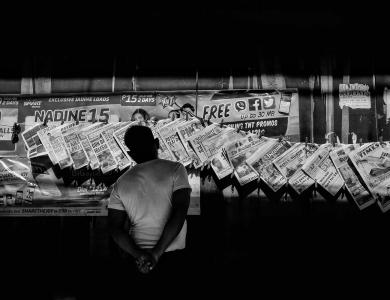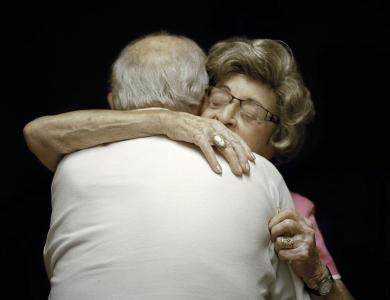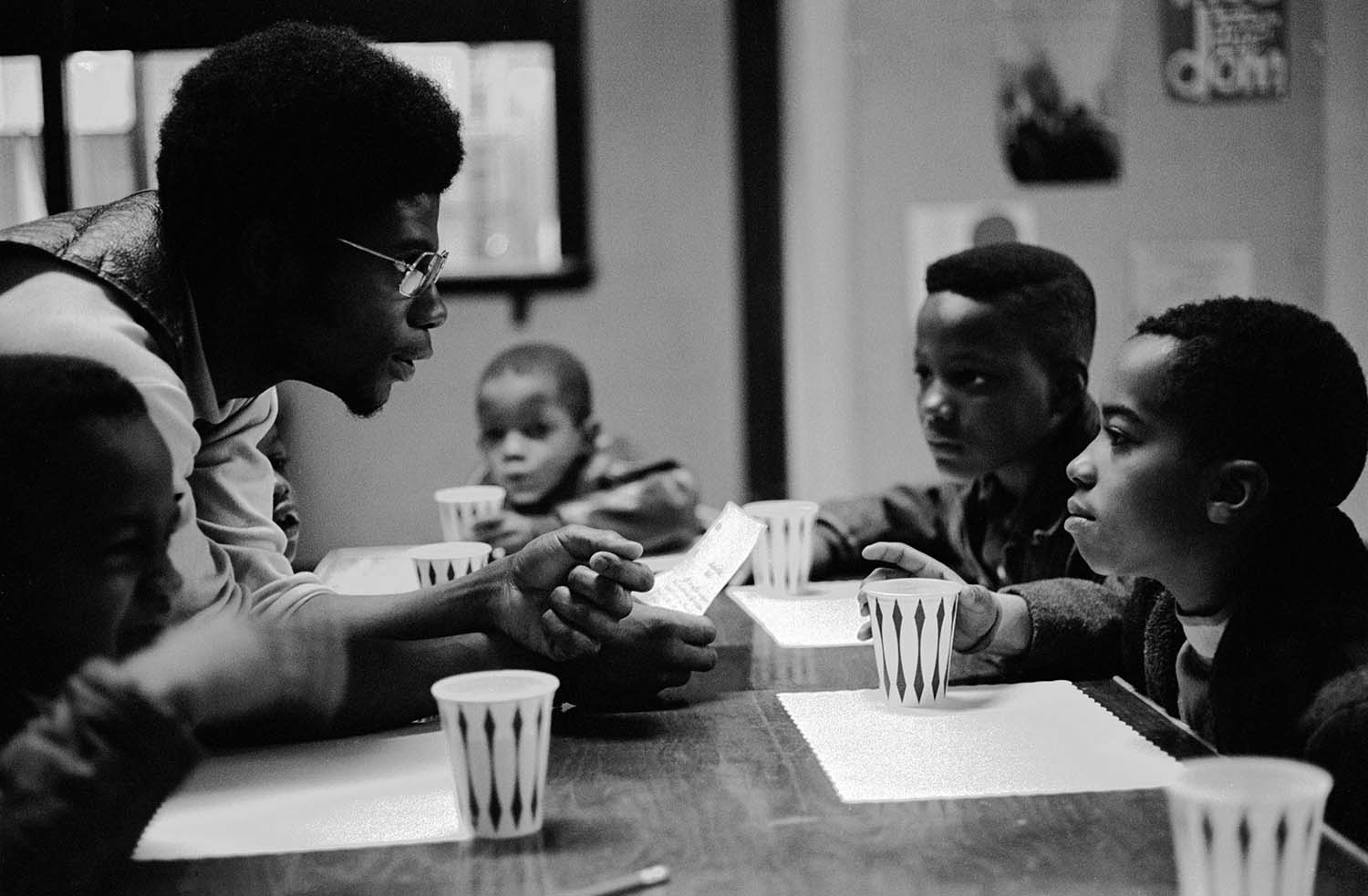
This blog is part of a series of exclusive interviews with the winners of The Fence 2016. The Fence is an large-scale outdoor photography installation exhibited in multiple major cities across the USA. Each year, photographers of all levels are invited to submit work that fits under one or more thematic categories. The Fence was conceived by United Photo Industries and Photo District News in 2011.
---
October, 2016 was the 50th anniversary of the Black Panther Party’s founding. The group would become emblematic of the Black Power movement that helped shape the tumultuous years of the late 1960s and early ’70s. The Panthers electrified a generation of black youth. They remain cult heroes today, nearly 50 years after their founding.
Stephen Shames was the photographer for the Black Panthers. His Panther archive is the largest in the world. Steve is author of nine monographs: Power to the People: The World of the Black Panthers (Abrams, 2016), Bronx Boys (University of Texas Press), Outside the Dream, Pursuing the Dream, The Black Panthers (Aperture), Bronx Boys e-book (FotoEvidence) Facing Race (Moravian College), Transforming Lives (Star Bright Books), and Free to Grow (Columbia University). His photographs are in the permanent collections of major museums.
Hi Stephen. Talk to us about your series 'The Black Panthers' - Where and why did this project come about?
In 1966, I was a student at the University of California at Berkeley. One of my roommates, Marty Roysher, had been on the steering committee of the Free Speech Movement the year before. With his guidance I became active in student government and the anti-Vietnam War Movement. In August 1967, after a summer job at a plastics factory, I hitchhiked to the East Village of New York City. I bought my first camera during the Summer of Love. When I returned to Berkeley in September, I realized I was not suited for the endless meetings and bickering of politics. My contribution to the movement would be as a photographer. Documenting the Black Panthers became my first long-term project.
The first time I saw Bobby Seale and Huey Newton was on April 15, 1967, during the Spring Mobilization to End the War in Vietnam. My father had come up from Los Angeles and we were marching together through the streets of San Francisco, when my eye caught Bobby and Huey in their leather jackets selling Mao’s Red Book. Their charisma and confidence captivated me. I took one frame.
I started hanging out with the Panthers, attending their rallies. Bobby Seale became my mentor and friend. He introduced me to David and June Hilliard, Big Man, Kathleen and Eldridge Cleaver, Emory Douglas, and his brother John Seale. I was granted incredible access. Over the next seven years, culminating in Bobby Seale’s 1973 campaign for mayor of Oakland, I documented this group of young men and women, who were at the forefront of the Black Power Movement and who became the vanguard of the revolution that was sweeping America. Although leaders of the Black Power movement, they were not black nationalists. Their “black pride” was not based on denigrating whites, but on showing the black community how to take control of their own destiny. The Black Panther Party worked for economic justice and power for all people. Their legacy survives to this day.
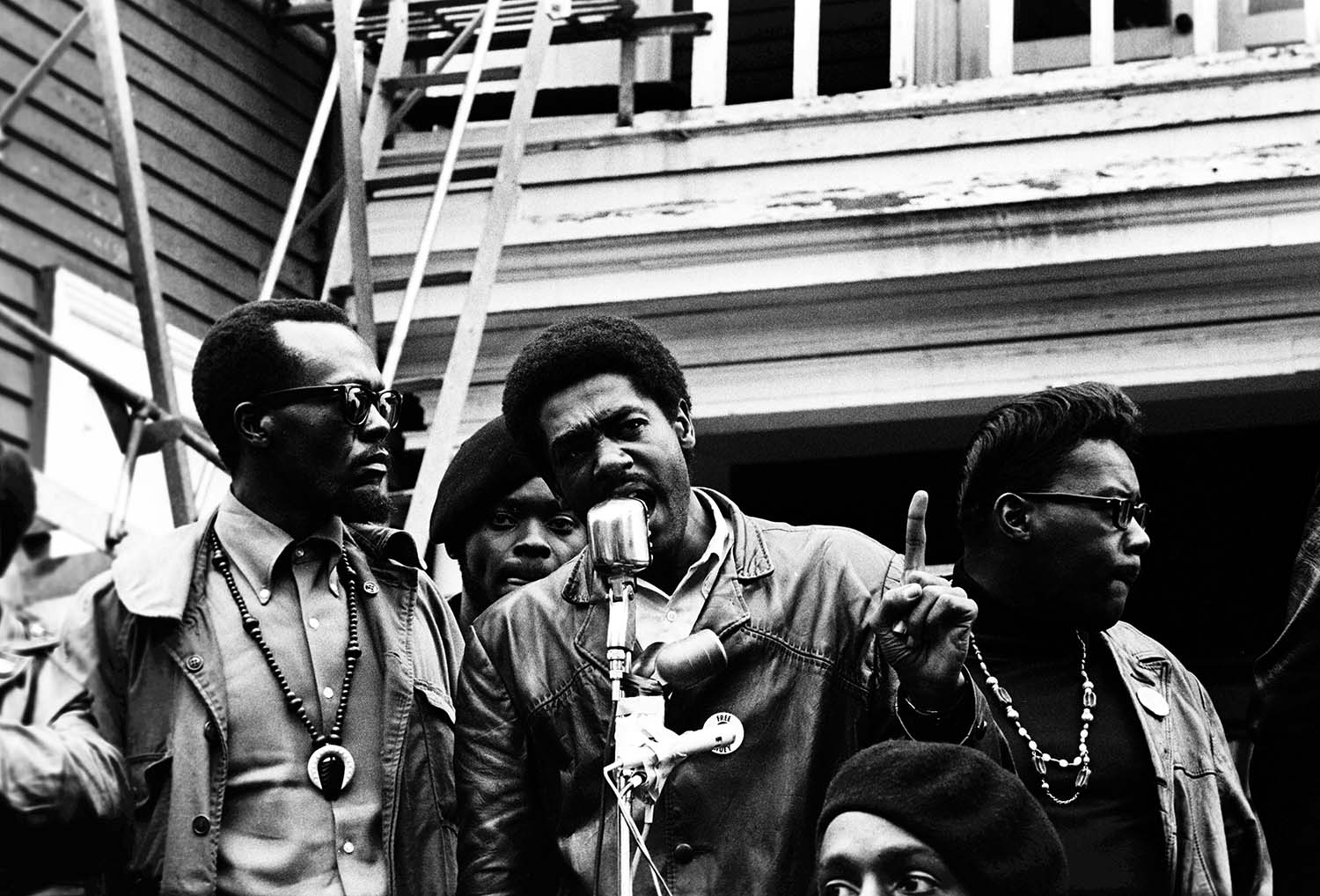
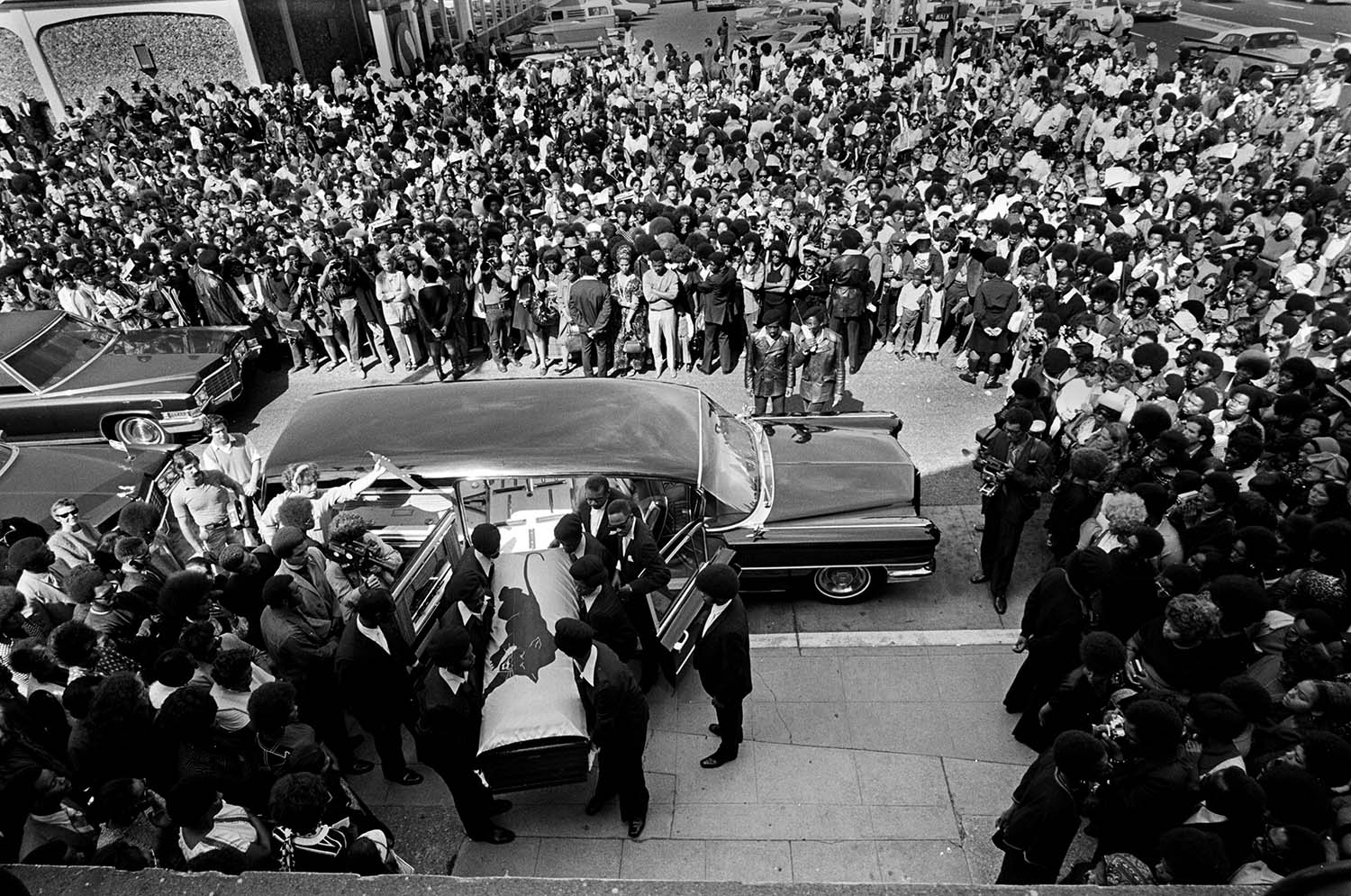
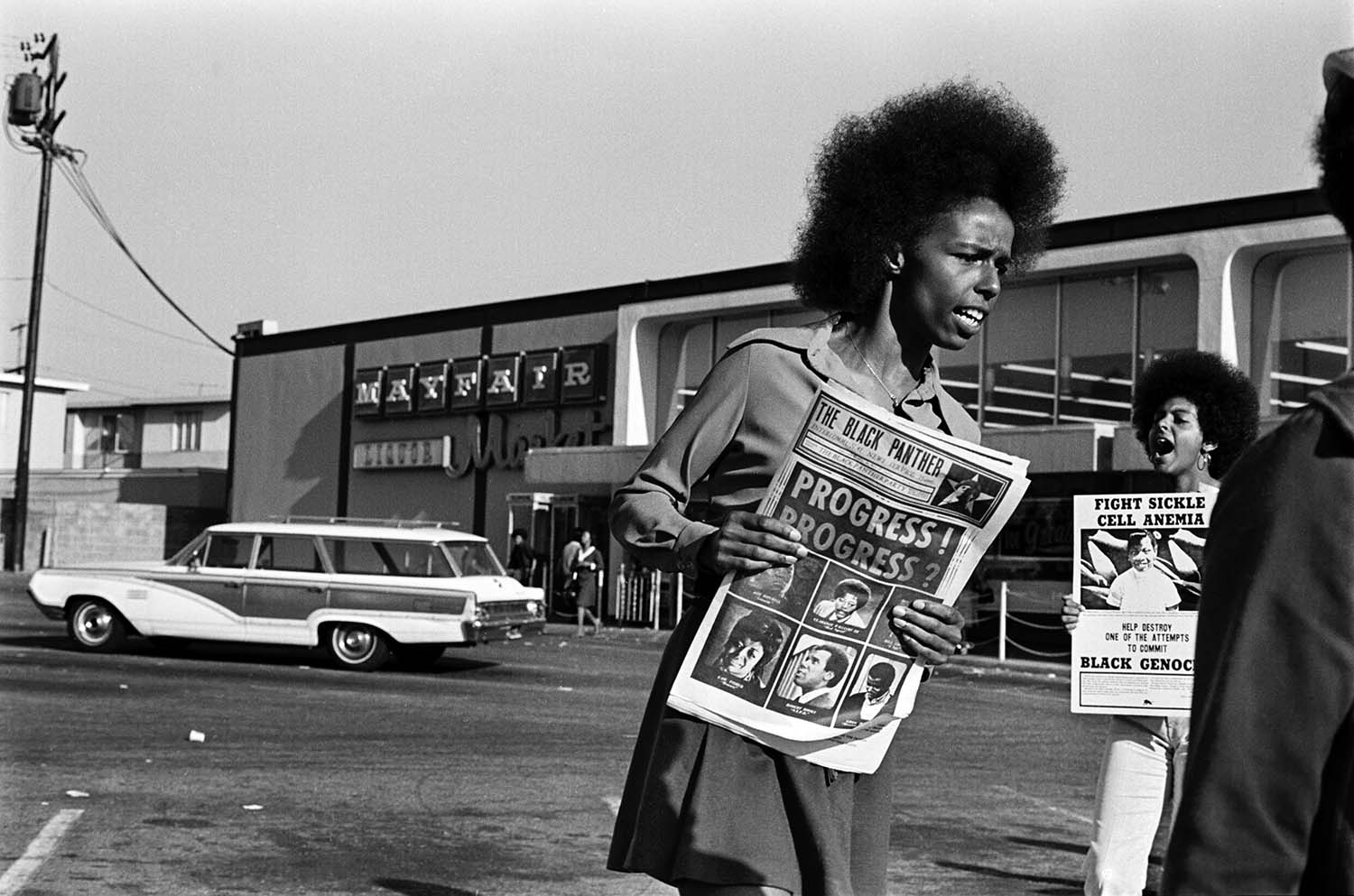
Why photography? What does the medium mean to you?
Photography is primal like music or mathematics. Photography speaks directly to our emotions. It can not be understood logically but is instead experienced. We feel a great photograph. That is its power.
Do you have a photographic philosophy?
I do not really have a photographic philosophy. I always wanted to be an artist but can not draw so I can paint a picture, tell a story with photos and text. I try to show life as it is lived beyond our idealized self-image of the world. Most of my photographs show youth on the edge: young people embracing life in a world of menace and danger. My work concerns peril and sensuality. Chaos and joy. Life amidst death. I try to convey pure emotion. My goal is to capture private, inner moments where things are ambiguous, less rational. I like to explore our concealed fears and hopes; investigate the boundaries of the ordinary: the edges of experience. My pictures are dreams.
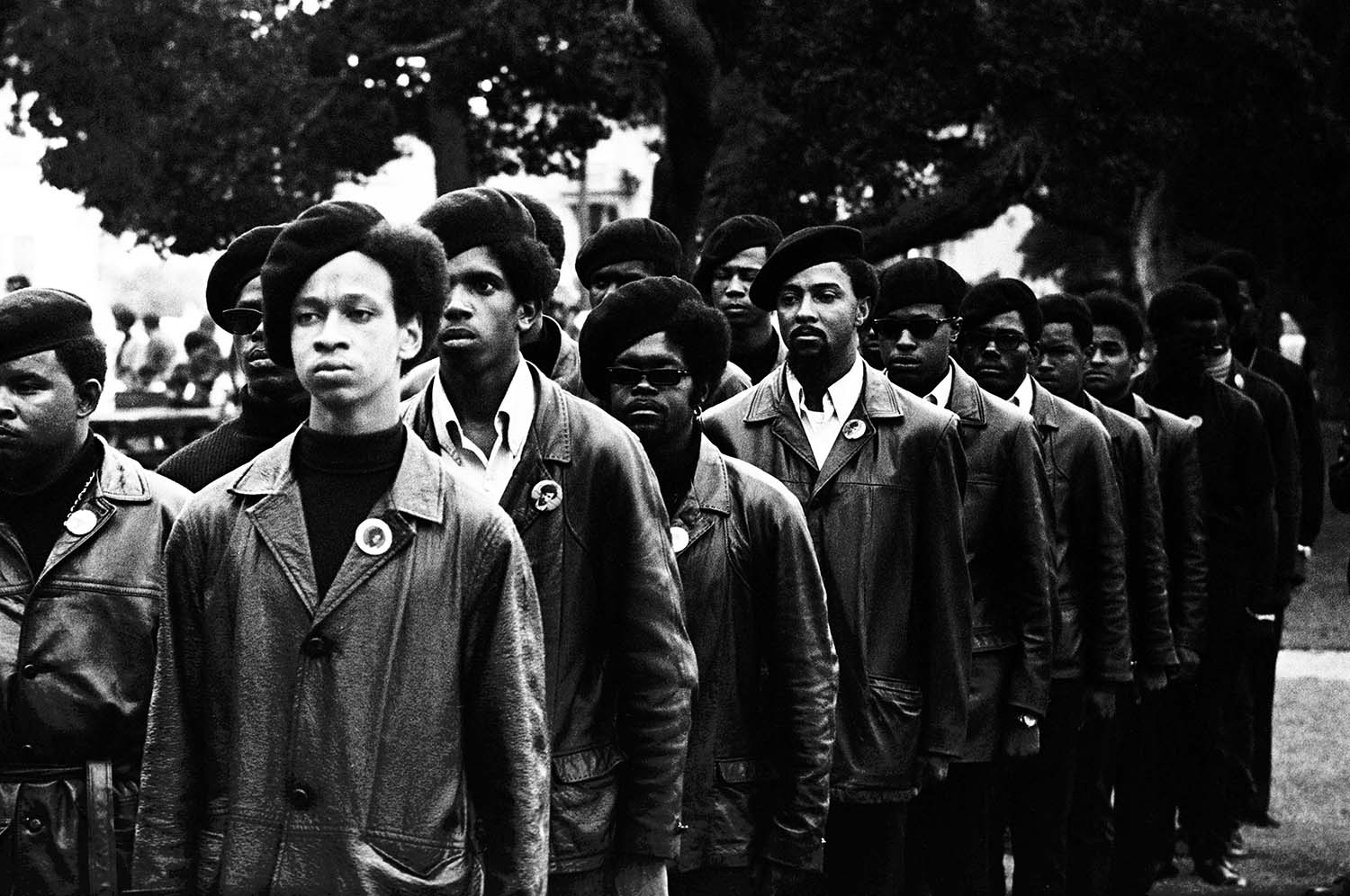

Where in the world are you, what’s next for you?
I live in Brooklyn. I am working on a number of projects but don’t like to comment on them until they are a reality.
stephenshames.com
fence.photoville.com

